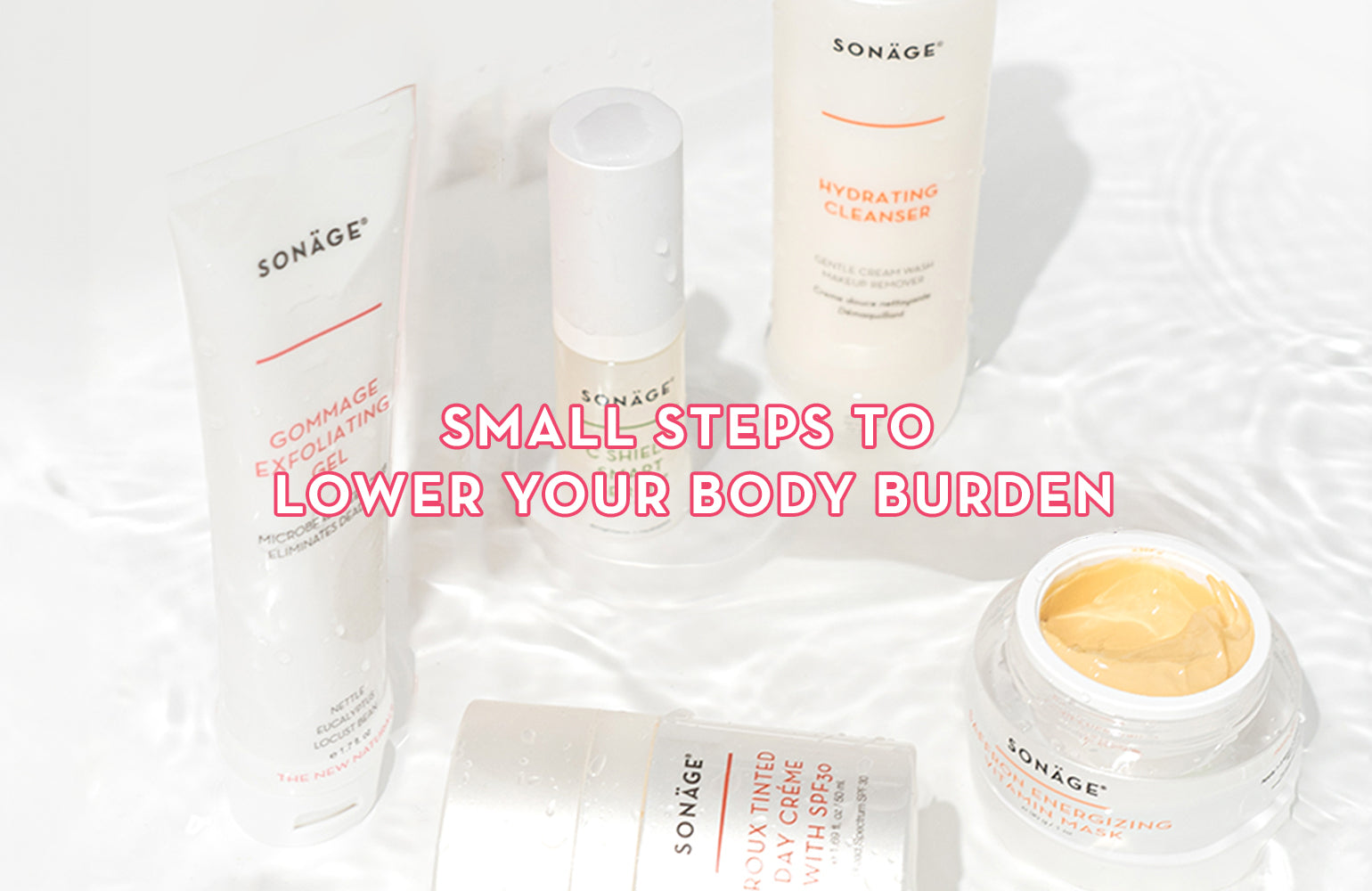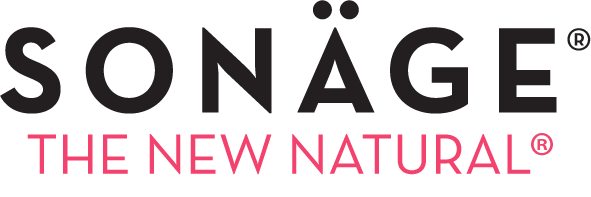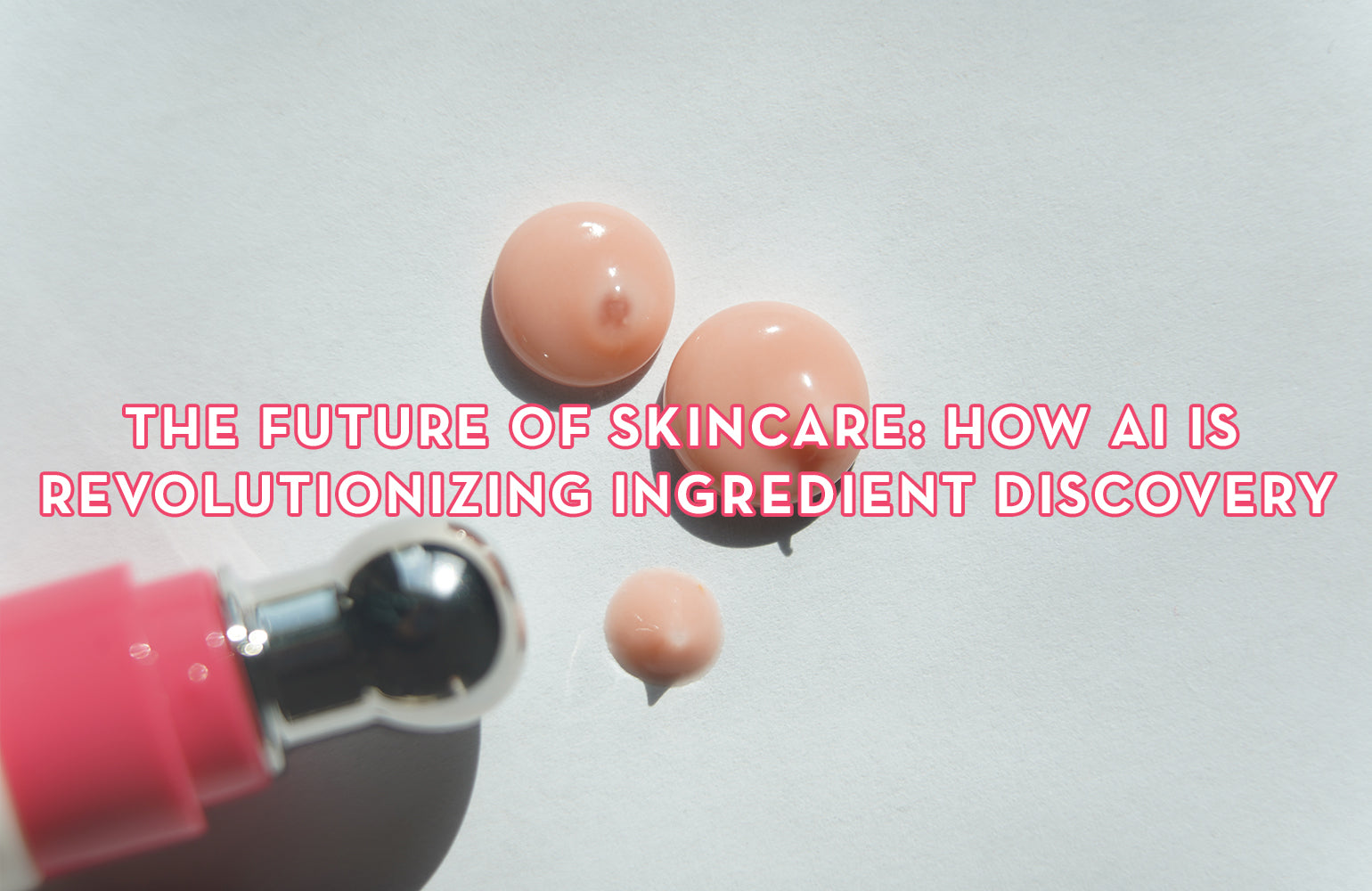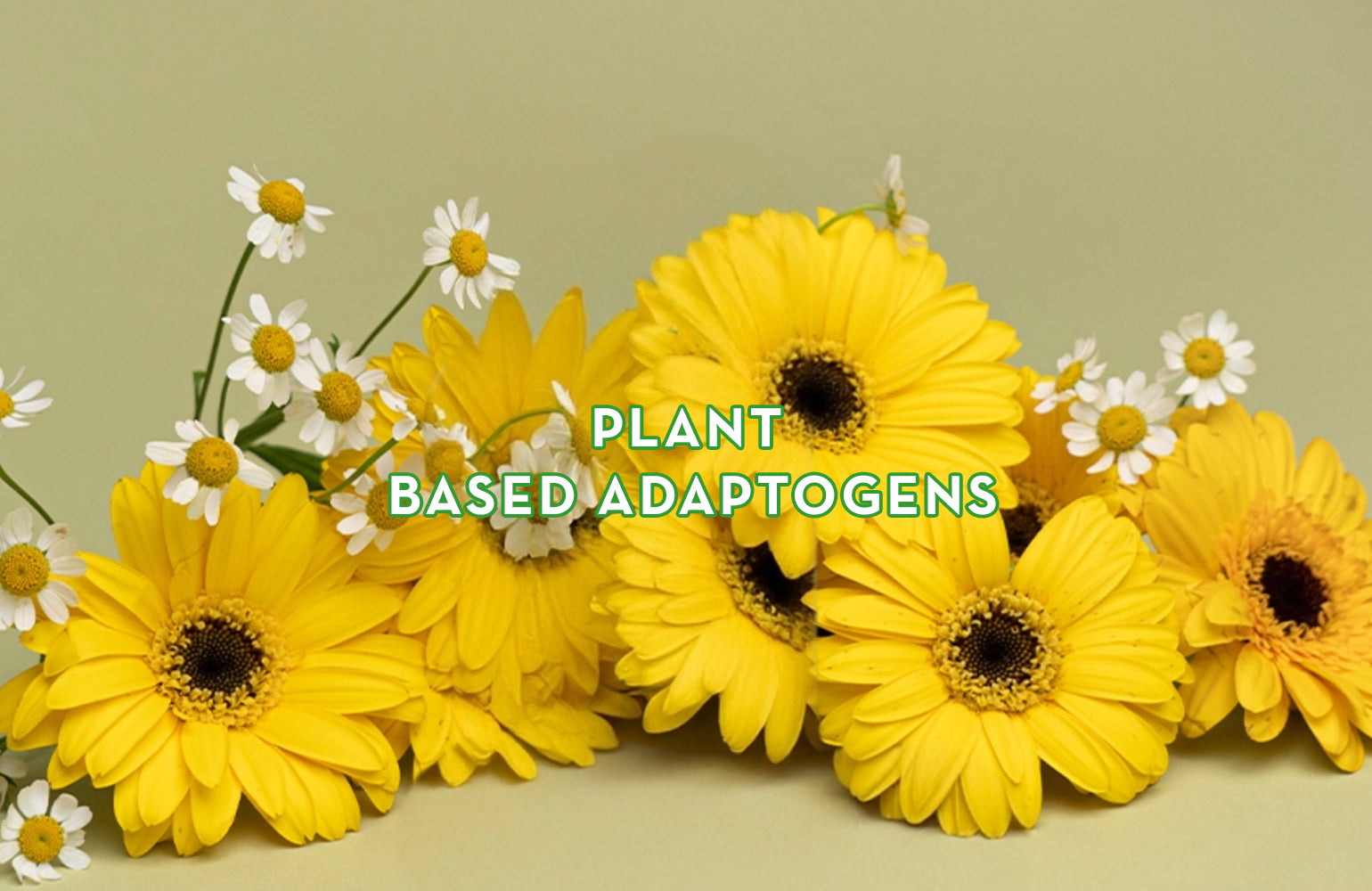
AT A GLANCE
-
WHAT IT IS
A guide to avoiding toxic ingredients in everyday skincare products. -
WHAT IT DOES
Identifies harmful chemicals and helps you choose safer skincare options. -
Hero Products
EWG-verified skincare free from parabens, PEGs, BHA/BHT, and formaldehyde.
Small Steps To Lower Your Body Burden
There may be toxic ingredients lurking in your skincare. Luckily there are small steps you can take to lower your exposure to unsafe chemical ingredients and reduce your overall body burden. Take some time to read the ingredients of the products you use and own to make sure they are free from these 5 skincare foes:
- Butylated hydroxyanisole BHA or BHT
- Formaldehyde and formaldehyde-releasers
- Parabens
- Benzene
- Polyethylene glycols
Butylated hydroxyanisole
Butylated hydroxyanisole also known as BHA or BHT, is commonly used as a preservative in personal care products and cosmetics like moisturizers to prevent fats and oils from breaking down. Look out for any form of this ingredient as it has been linked to stomach cancer, kidney damage, and reproductive health.
Formaldehyde & formaldehyde-releasers
These antimicrobial preservatives release formaldehyde into your products. There are several formaldehyde releasers that can be found in cosmetics, like diazolidinyl urea, sodium hydroxymethylglycinate, DMDM hydantoin, quaternium-15 and glyoxal. While all of these ingredients fall under formaldehyde releasers, some of them rank worse than others. However, it's best to just avoid them altogether. The EU has banned or heavily restricted many of these formaldehyde releasers from cosmetics and personal products. Many formaldehyde releasers are known to irritate the eyes, nose and throat, while longer exposures have been linked to nose and throat cancers
Parabens
Parabens are preservatives that are often found in cleansers, toners, other cosmetics and even food. While some parabens are worse than others, the worst, Isobutylparaben was given a score of 10 by the Environmental Working Group (EWG), while Propylparaben scores a 9. Parabens mimic estrogen and potentially disrupt the hormone, or endocrine, system, and have been linked to an increased risk of breast cancer in women and reproductive harm in men.
Benzene
Benzene is a petroleum derived component often found in sunscreens and aerosols. Experts warn against the use of this product as it can cause headaches, dizziness, vomiting, or more severe reactions in some cases. Benzene has also been classified as a carcinogen by the EPA. The best way to protect yourself from benzene or benzone exposure is to stay on top of recalls for benzene contaminated products. Since these are usually found in sunscreens, opt for a physical or mineral sunscreen rather than a chemical sunscreen.
Polyethylene glycols
Polyethylene glycols (PEGs), a polymer of ethylene oxide, are often used in cosmetic and personal products as a thickening agent and absorption enhancer. The main concern with PEGs are its contaminants, ethylene oxide and 1,4-dioxane, which have been linked to cancer.
Diethanolamine
Diethanolamine (DEA or MEA or TEA) is usually added to products like cleansers as an emulsifier. Steer clear as this problematic ingredient is a known carcinogen and has been banned for use in cosmetics in both Canada and the European Union.



